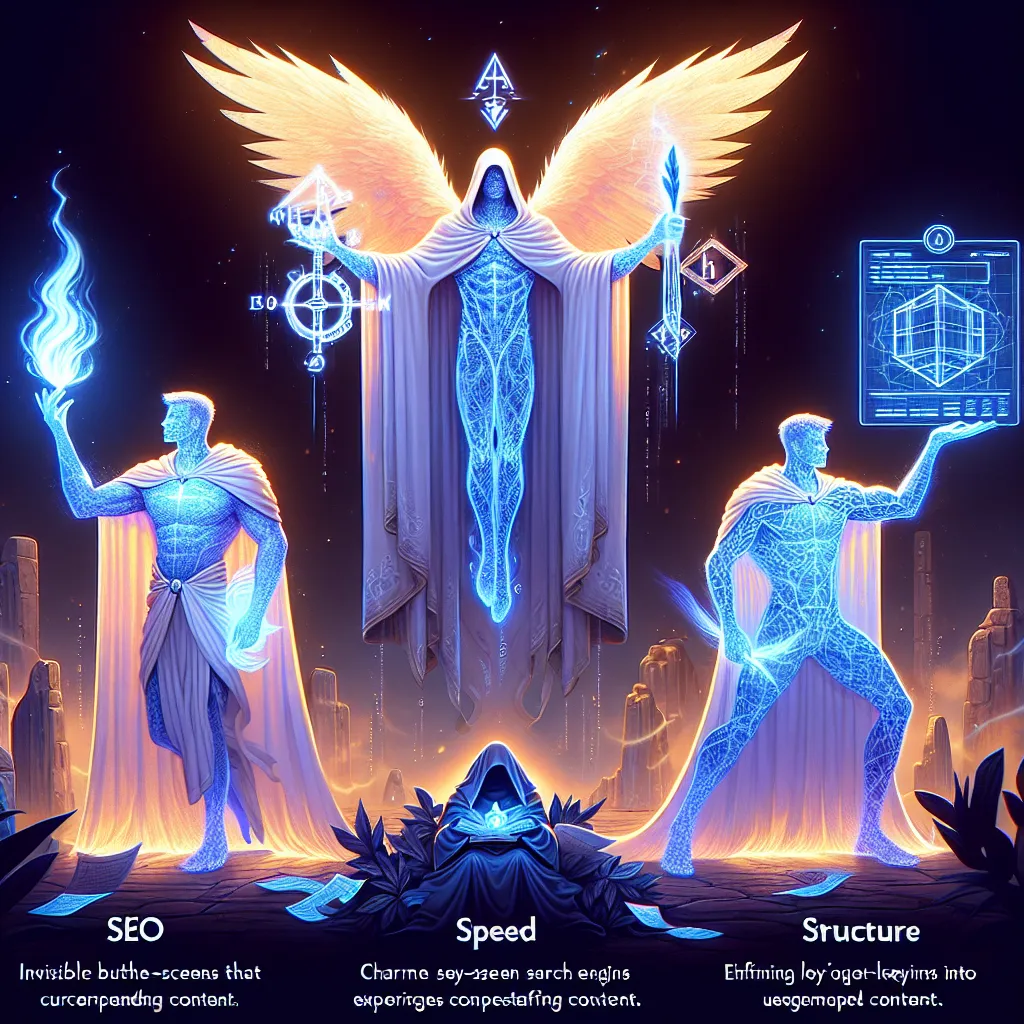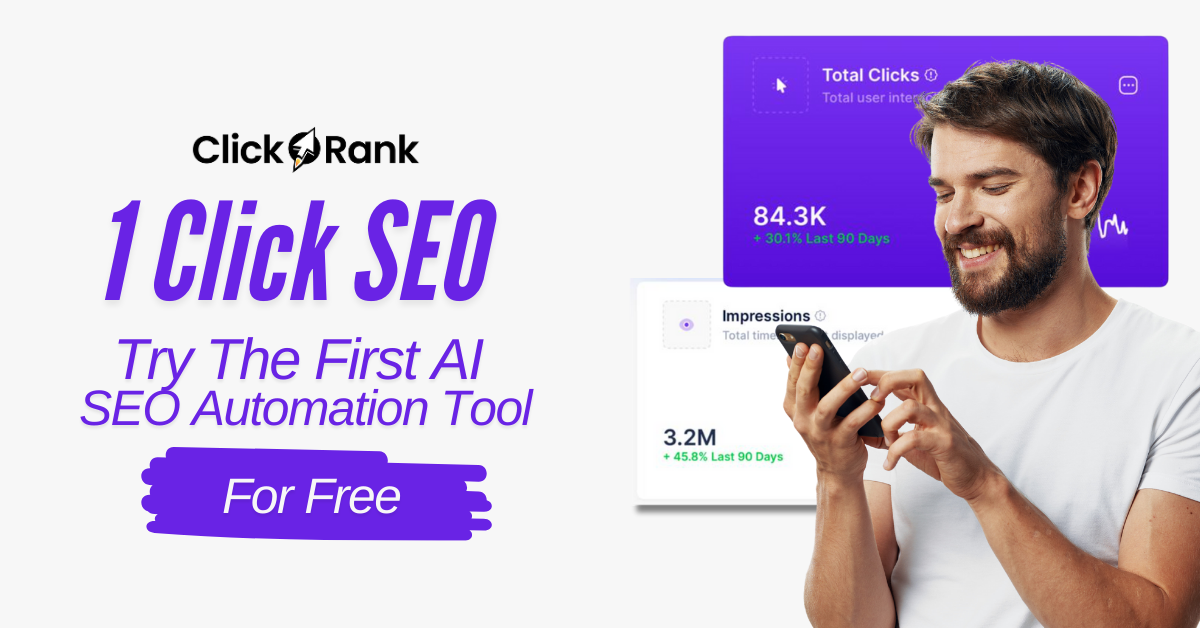Let me level with you: my first business website looked like it belonged in an art gallery—and yet, my sales page might as well have been invisible. (True story: the only person who ever complimented it was my mom.) A wakeup call came fast—because Google’s search results couldn’t care less about eye-popping gradients if there’s no SEO backbone or user journey. Turns out, beauty may impress, but strategy pays the bills. Ready for some unexpected truths? Let’s bust some myths and build something that actually works.
Confessions of a ‘Pretty Site’ Survivor: When Art Isn’t Action
Let me tell you a story. A few years ago, I launched what I thought was the most beautiful website in my industry. Seriously—this thing was a work of art. The homepage shimmered with high-res images, the fonts were on-trend, and every button had a satisfying hover effect. Friends and colleagues would visit and say, “Wow, this is gorgeous!” I basked in the compliments. But here’s the kicker: for months, my inbox was a ghost town. Zero leads. No new clients. Just crickets.
That’s when I learned the hard way that website aesthetics and conversion rates aren’t always best friends. Sure, people loved looking at my site, but nobody was taking action. The ‘ooh’ and ‘aah’ factor might win you a few design awards, but it doesn’t guarantee clicks, conversions, or business growth.
The Fast-Fading Allure of Design Trends
Web design trends come and go faster than you can say “parallax scrolling.” Remember when every site had those fancy scrolling effects? Or when minimalism was all the rage, and everyone stripped their sites down to bare bones? Trends can make your site look fresh, but research shows that trends alone rarely deliver ROI. In fact, chasing the latest web design trends for 2025—like smart content loading or ultra-minimal layouts—won’t help if your site isn’t discoverable or usable.
Why Your Award-Winning Site Might Be Invisible
It’s a strange feeling: your website gets praised in design circles, maybe even nabs a creative award, but when you check your Google Analytics, the numbers are bleak. Why? Because website design and SEO need to work together. A site can look stunning, but if it’s missing basic SEO elements—like meta tags, structured headers, or local keywords—it’s practically invisible to search engines. As Rand Fishkin famously said:
“A gorgeous website without a strategy is like a billboard in the desert.”
And he’s right. No matter how beautiful your site is, if no one finds it, it might as well not exist.
The Common Pitfall: Art Over Action
Too many business owners (my past self included) get caught up in the visual side of things. We obsess over color palettes and hero images, but ignore the backend essentials. SEO-friendly web design isn’t just about looking good—it’s about clean code, fast load times, intuitive navigation, and visible content. In 2025, research indicates that successful websites will harmonize design with technical SEO, mobile UX, and content relevance. That means prioritizing:
- Descriptive meta tags and structured headers
- Responsive layouts for mobile-first indexing
- Smart content loading for faster performance
- Clear, visible calls-to-action
Website aesthetics do influence conversion rates, but only when balanced with SEO best practices. The most effective business websites combine clean design, intuitive navigation, and content that’s easy to find—for both users and search engines. Otherwise, you risk building a digital masterpiece that no one ever sees.

Invisible but Mighty: Behind-the-Scenes Heroes (SEO, Speed, & Structure)
Let’s be honest—most people think a website’s job is to look pretty. But here’s the thing: a gorgeous site that’s slow or hard to find is basically invisible. The real heroes of online business growth aren’t flashy colors or trendy fonts. They’re the behind-the-scenes elements like SEO-friendly website design, lightning-fast load times, and a structure that works on every device. These are the things that quietly move the needle, even if you never see them at first glance.
Take SEO-friendly website design, for example. It’s not just about sprinkling keywords into your content. It’s about building your site in a way that Google’s bots can easily crawl and understand. When your site is organized, loads quickly, and has clear navigation, search engines reward you with higher rankings. That means more people actually find your business, not just admire your homepage for a few seconds before bouncing.
Speaking of bouncing—let’s talk about website load time and page speed. Research shows that if your site takes longer than three seconds to load, most visitors are gone. Seriously, three seconds! We’re all impatient online, and so are your potential customers. I’ve seen firsthand how much this matters. Brag moment: I once helped a client cut their bounce rate in half just by optimizing image load times. No redesign, no fancy new features—just faster loading. The difference in conversions was almost immediate.
But speed alone isn’t enough. Responsive web design is now non-negotiable. With Google’s mobile-first indexing, your site has to look and work great on every screen, especially smartphones. If it doesn’t, you’re not just losing visitors—you’re dropping in search rankings, too. Studies indicate that responsive sites consistently outperform static ones in user engagement metrics. People stick around longer, click more, and are more likely to become customers when your site just works, no matter how they access it.
Here’s where things get interesting: these invisible elements—SEO, site speed, mobile optimization—are often overlooked because they’re not as “fun” as picking out a color palette. But they’re absolutely critical. As Brian Dean puts it:
“Speed and usability are invisible, but they make or break your website’s value proposition.”
It’s not just about pleasing Google, either. A fast, responsive, well-structured site creates a better website user experience for everyone. That means happier visitors, more engagement, and ultimately, more business growth. And it’s not something you can just tack on at the end. Collaboration between SEO and web development teams from the start is what drives real, measurable outcomes.
So, while a beautiful website might turn heads, it’s the invisible but mighty heroes—SEO-friendly website design, website load time and page speed, and responsive web design—that actually drive results. They’re the secret sauce behind every site that does more than just look good—they help your business grow.

Strategy Trumps Style: Conversion Paths and Business Goals
Let’s get real for a second—having a gorgeous website is great for your ego, but it won’t magically grow your business. I learned this the hard way. Early on, I obsessed over every pixel, every color palette, every artsy font. My site looked like a minimalist dream. But you know what? My inbox was a ghost town. Turns out, pretty websites don’t pay the bills—clear calls-to-action and a smart strategy do.
Here’s the thing: the key elements of a successful website go way beyond surface-level beauty. Sure, design draws people in, but strategy is what keeps them moving—and converting. As Ann Handley puts it:
“Design draws attention, but strategy closes the deal.”
So, what does that strategy look like in practice? It starts with website conversion optimization. That means mapping out the journey you want your visitors to take. Where do they land? What do you want them to do next? How easy is it for them to take action? Every click, every scroll, every button matters.
I’ll admit, I once tried to ‘hide’ my contact form for those minimalist vibes. Spoiler: my inbox was empty for weeks. Lesson learned. If you want leads, make it impossible for people to miss your call-to-action. Research shows that the strategic placement of CTAs can increase conversions by over 200% in some industries. That’s not just a nice-to-have—it’s a game-changer for business growth through web design.
But it’s not just about slapping a “Contact Us” button everywhere. Effective website content optimization can double your conversion rates with just a few simple tweaks. Think clear headlines, benefit-driven copy, and logical site structure. Your website should guide visitors naturally from curiosity to action—no guesswork required.
Here’s where data comes in. Gut feelings are great for picking paint colors, but when it comes to optimizing your site, data-driven decisions always win. High-performing business websites use analytics tools to monitor how users move through their site. Which pages do people drop off? Where do they hesitate? With this info, you can refine your conversion paths and remove friction points.
- Use heatmaps to see where people click (or don’t).
- Test different headlines and CTAs to see what resonates.
- Streamline navigation so users never feel lost.
A logical, intuitive site structure is one of the key elements of a successful website. If visitors can’t find what they need, they’ll bounce—fast. And let’s not forget: Google’s algorithms love websites that are easy to navigate, load quickly, and keep users engaged. So, strategy isn’t just good for conversions; it’s good for SEO, too.
In the end, while beauty brings visitors in, strategy is what turns them into leads or customers. Don’t let minimalism or creative flair get in the way of conversions. Focus on website conversion optimization, use data to guide your decisions, and watch your business grow.

The Great Balancing Act: When Design and SEO Join Forces
Let’s play a little game. Imagine if Picasso designed your homepage. It’s a wild, colorful masterpiece—every pixel a brushstroke, every corner a surprise. But… there’s a catch. None of the links actually work. Your “Contact” button? Just a pretty blue square. The menu? More like abstract art than navigation. Sure, it’s beautiful. But is it useful? Not so much.
This is where the real balancing act begins. In today’s digital world, balancing design and SEO isn’t just a nice-to-have—it’s the secret sauce for business growth. I’ve seen it firsthand: the most stunning websites can still fall flat if they’re not discoverable or user-friendly. On the flip side, a site that’s optimized for search but looks like it’s stuck in 2009? Visitors bounce before you can say “meta description.”
Here’s the thing—SEO and web development teams have to collaborate, not compete. It’s not about picking sides. It’s about creating a website SEO balance where design enhances usability and search rankings, not just looks. Research shows that when these teams work together from the start, the results are dramatic. In fact, digital agency case studies reveal that collaborative projects see up to 30% higher website traffic and engagement metrics. That’s not just a small bump. That’s a leap.
Let me share a real-life example. Not long ago, I worked on a website redesign for a mid-sized business. Instead of the usual back-and-forth emails and siloed meetings, we did something radical: we got everyone in the same room. Designers, developers, SEO pros—even the content folks. There were snacks. There were sticky notes. There were heated debates about button colors and header tags. But something amazing happened. By the end of the day, we had a shared vision. We mapped out a site that was visually striking, lightning-fast, and built on a solid SEO foundation. The result? A traffic surge within weeks, and—more importantly—users actually stuck around.
Why does this work? Because user experience thrives only when aesthetics, SEO, and function align. It’s not just about looking good. It’s about being found, being fast, and being easy to use. Studies indicate that UX optimization bridges SEO and visual impact, creating a seamless journey for visitors and search engines alike. Google’s algorithms are smarter than ever—they reward sites that load quickly, work flawlessly on mobile, and offer real value to users. If you ignore any piece of that puzzle, you’re leaving growth on the table.
“The best websites are symphonies: SEO, design, and content, all playing in tune.” – Aleyda Solis
So, what’s the takeaway? Integrating SEO strategy into web design from the very beginning leads to far better outcomes than patching it on later. When SEO and web development teams join forces, you get a website that’s not just a pretty face—it’s a business growth engine. Shared vision equals measurable growth, and that’s the real masterpiece.
Future-Proofing Your Site: Web Design Trends 2025 & The Untold Truth
Let’s get real for a second: I love a beautiful website as much as anyone. Crisp visuals, bold colors, clever animations—they’re fun, they’re memorable, and they absolutely make a first impression. But here’s the untold truth: a pretty website alone won’t grow your business. I’ve seen it time and again—companies invest in a stunning redesign, only to watch their traffic flatline and conversions stall. Why? Because design is just one piece of a much bigger puzzle. If you want your site to thrive in 2025 and beyond, you need to look past the surface and embrace website optimization strategies that actually move the needle.
Now, I know it’s tempting to chase the latest website design trends for 2025. Parallax scrolling, micro-interactions, AI-powered chatbots—they’re all over the web right now. But trends fade fast. What really matters is how your site performs, how it’s structured, and how it helps people (and search engines) find what they need. Research shows that intelligent content loading and technical optimization are the real game-changers this year. Think lazy loading for images, schema markup for richer search results, and continuous performance monitoring to keep your site lightning-fast. These aren’t just buzzwords—they’re future-proof tactics that boost both visibility and retention over the long haul.
If websites had horoscopes, ‘adaptable’ would be their lucky word. The digital landscape is always shifting—new devices, new algorithms, new user habits. That’s why ongoing SEO and technical optimization will always outlast fads. I’ve learned that regular checkups (like monitoring page speed, fixing broken links, and updating content) make a bigger impact than any trendy color palette ever could. In fact, studies indicate that fast load times and responsive design are critical for both user experience and search engine rankings. If your site takes more than three seconds to load, most visitors are gone before they even see your beautiful homepage.
So, what’s the secret sauce? It’s investing in professional website design services that blend aesthetics with strategy. The best designers don’t just make things look good—they build sites with clean structure, intuitive navigation, and optimized content that’s tailored for both humans and search engines. They understand that technical performance isn’t optional; it’s essential. And they know that continuous improvement—tweaking, testing, and refining—will keep your site ahead of the curve, no matter what trends come and go.
“Trend-chasing is yesterday’s news; optimization is tomorrow’s success.” – Cyrus Shepard
Here’s my final word: web design must evolve with technology, but the basics—speed, structure, SEO—never go out of style. If you want to future-proof your site, focus on function and ongoing monitoring over fleeting fads. Embrace intelligent content loading, schema markup, and regular optimization. Because at the end of the day, it’s not just about looking good—it’s about growing your business, year after year.
TL;DR: Having a gorgeous website is meaningless without SEO, performance, and a conversion-focused strategy. Prioritize function and optimization—let beauty play a supporting role. That’s how you’ll truly grow online.
You may be interested

